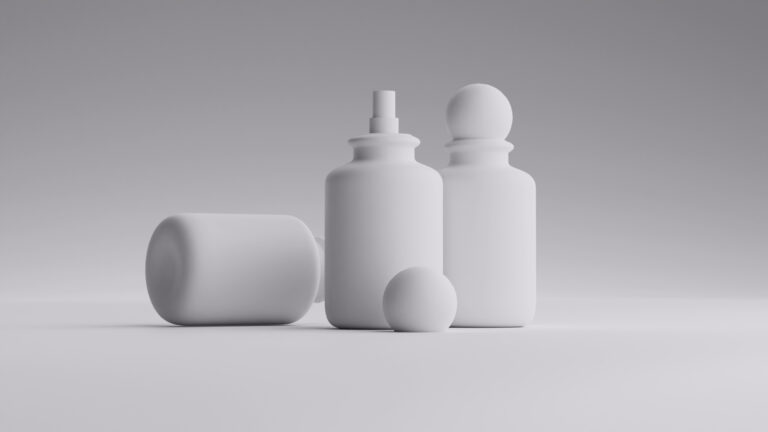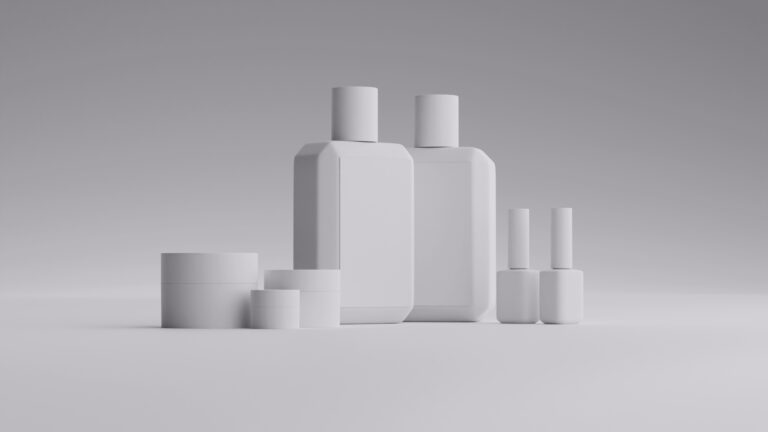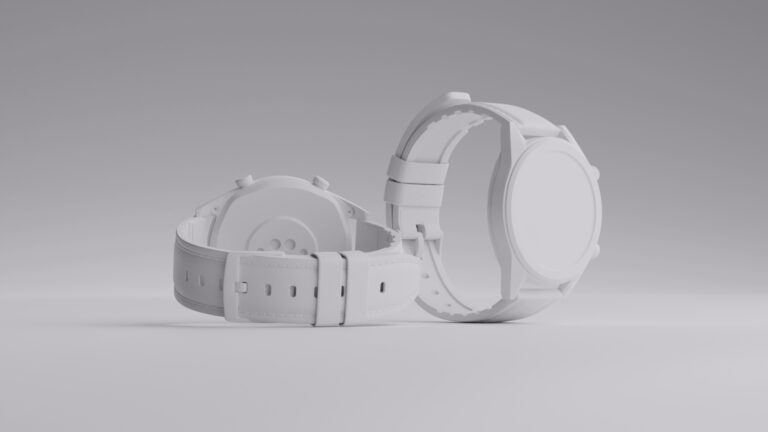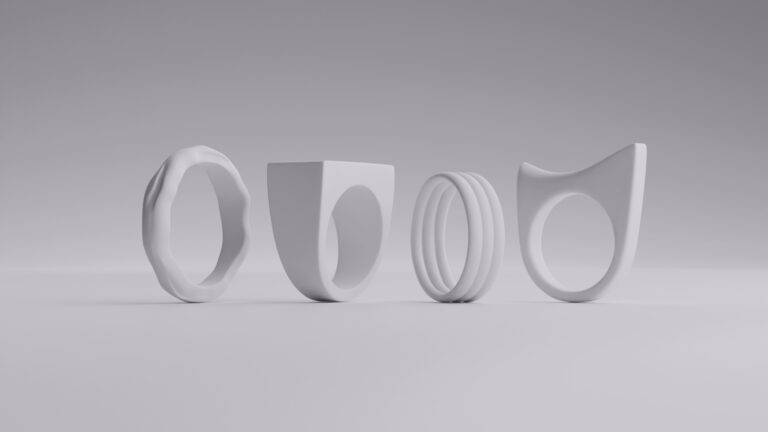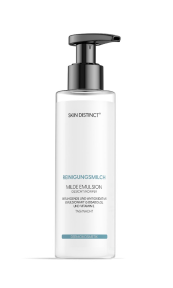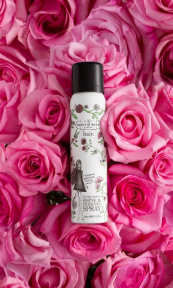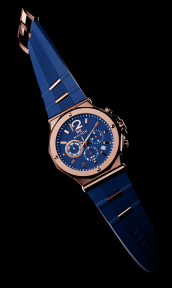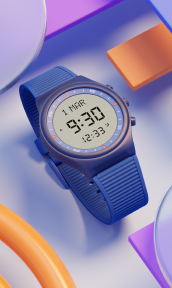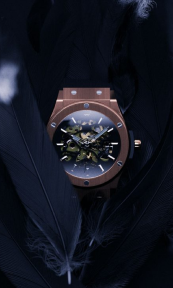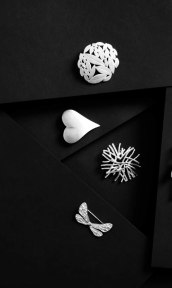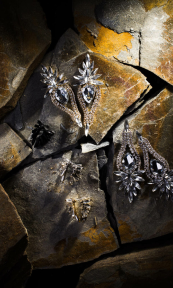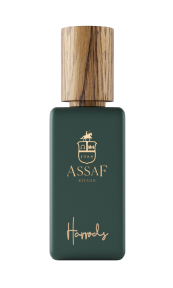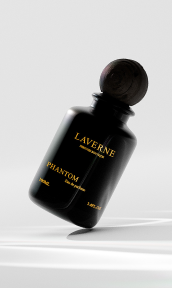So you’ve got a jewelry brand. Now what?
You’ve got the sparkle. The style. Maybe even a whole line of engagement rings, earrings, or bold bracelets ready to shine. But turning those pieces into actual sales? That takes more than just uploading a few product pics and hoping for the best. In 2025, selling jewelry online means knowing the platforms, riding the trends, and making your photos and marketing sparkle just as much as your gems.
Whether you’re launching your first gold necklace collection or leveling up your DTC game, this guide will walk you through everything—from smart sales strategies to next-level jewelry product photography using CGI. Let’s get those clicks turning into customers.
Choosing the right platform to sell jewelry online

Where you sell is just as important as what you sell. You could have the most stunning diamond ring or trendiest necklace, but if it’s sitting on the wrong shelf—or worse, no shelf at all—it won’t move. The right platform gives you access to the right audience, the right tools, and the kind of support that helps you grow. It’s not just about being online—it’s about being in the right place at the right time, with your best foot (and photos) forward.
Start with trusted e-commerce marketplaces
Big names like Etsy, Amazon, and eBay are still huge players in 2025. These platforms come with built-in traffic, meaning people are already searching for items like a diamond ring or gold necklace—you just have to show up. Etsy remains the go-to for handcrafted or custom-made jewelry, while Amazon is ideal for mass-market items with strong SEO keywords and competitive pricing.
Online marketplaces give you immediate access to millions of users, plus backend tools to help manage listings, reviews, and payments. However, the competition is fierce and fees can add up quickly. That’s why many sellers start here to build a customer base before branching out.
Build your own DTC website for full control
If you’re ready to establish a strong brand identity and have more control over customer experience, building your own direct-to-consumer (DTC) website is key. Platforms like Shopify, WooCommerce, and Squarespace let you create beautiful, easy-to-navigate online stores that reflect your unique aesthetic.
Unlike third-party platforms, a personal site helps you avoid commission fees and own your customer data. You can also create blog content around your engagement rings, offer exclusive deals on earrings or necklaces, and integrate customer reviews in creative ways. In short—it’s your brand, your rules.
Go hybrid with social commerce
In 2025, selling through Instagram, TikTok Shop, and Pinterest is more powerful than ever. These platforms don’t just drive traffic—they’re where trends are born. Posting real-time product demos, behind-the-scenes videos, or influencer collaborations gives your bracelet or necklace collection that essential social proof.
Social commerce works best when integrated with either a DTC website or a marketplace. Let customers swipe, shop, and check out in seconds. The quicker the path to purchase, the higher your conversion rates.
Conclusion
Each platform has its pros and cons, but a hybrid model—starting with online marketplaces, building your own site, and connecting it to social media—is the most powerful way to sell jewelry online in 2025. Diversify your presence and let each platform play to its strengths.
Telling your brand story (and marketing your jewelry with heart)

A product listing without a story is just a picture. And in 2025, that’s not enough. Today’s buyers want to connect with your brand emotionally before they open their wallets—they’re not just shopping, they’re investing in meaning. They want to know who made it, why it matters, and how it fits into their lives. A great story turns a simple bracelet into a keepsake and a gold necklace into a memory.
Create a brand that feels personal
Jewelry is an emotional purchase. Whether it’s a promise ring, a pair of anniversary earrings, or a just-because bracelet, buyers want a story. That’s why your brand should feel like more than a store—it should feel like a friend.
Define your brand voice and aesthetic early on. Are you elegant and timeless, like a vintage diamond ring? Or bold and funky, like chunky mixed-metal bracelets? Consistency in your tone, colors, and message will help build loyalty and trust.
Leverage storytelling in every listing
A plain product description won’t cut it anymore. Use storytelling to turn your jewelry into a moment. Instead of saying “14k gold necklace with a sapphire pendant,” say, “The kind of gold necklace you wear to remember your favorite summer night—cool air, stars overhead, and the shimmer of blue light on your collarbone.”
Social media is your playground here. Use short videos, customer testimonials, or even handwritten notes in your packaging to make buyers feel something. It’s not just jewelry. It’s sentiment.
Partner with influencers who align with your vibe
In 2025, influencer marketing isn’t just for fashion or skincare—it’s a major player in jewelry marketing too. A well-placed post from a micro-influencer can do more for your engagement rings or earrings than a pricey ad ever could.
Look for creators whose audience matches your target customer—whether that’s minimalists who love dainty gold necklaces or edgy trendsetters into chunky statement rings. It’s not about follower count; it’s about trust and authenticity. A small creator with a loyal following can drive real traffic and sales, especially when they share your jewelry in real-life moments: getting ready for a date, unboxing a bracelet gift, or styling their everyday looks.
And don’t forget—these partnerships aren’t just about exposure. They help humanize your brand and bring your pieces into relatable, aspirational settings that shoppers want to step into.
Double down on content and SEO
Organic traffic still rules, and jewelry buyers often start with a search. That’s where smart jewelry marketing comes in. Write blog posts about “how to style a gold necklace for everyday wear” or “2025 jewelry trends that are actually wearable.” Not only does this help SEO, but it positions you as an expert in your niche.
Don’t forget product pages—optimize them with keywords like “engagement rings,” “dainty earrings,” and “handmade bracelet.” That way, Google knows exactly what you’re selling and who it’s for.
Conclusion
Your jewelry brand is your story. Tell it with heart, back it up with smart SEO, and don’t be afraid to get personal. In a world full of bling, connection is what sets you apart.
Keeping up with jewelry trends in 2025

The jewelry world is always evolving, and the hottest designs from last year might not sell this year. Staying ahead of the curve is your secret weapon.
Personalization is everywhere
In 2025, buyers want jewelry that feels like it was made just for them. Think birthstone rings, initial pendants, zodiac earrings, or engraved bracelets. Offering customization options can instantly boost your appeal—and your profit margins.
Major retailers like Mejuri and Pandora have leaned heavily into personalization, and the trend isn’t slowing down. It’s a smart way to make your customers feel special while encouraging higher price points.
Sustainability sells
Eco-conscious shopping is no longer a niche—it’s the standard. More buyers are asking where their materials come from, how they’re sourced, and whether packaging is recyclable. Highlight your ethical practices proudly, especially if you use recycled metals, lab-grown diamonds, or eco-friendly boxes.
Being transparent about sourcing is a huge trust-builder. It also appeals to Gen Z and millennial shoppers, who are leading the charge in conscious consumerism.
Minimalist meets maximalist
2025 is the year of duality. On one end, minimalist jewelry—thin stacking rings, whisper-thin chain necklaces—is still trending. On the other, maximalist pieces are making a comeback, especially in earrings and statement bracelets.
What does that mean for you? Don’t just follow trends—curate them. Offer collections that cater to both moods. Help shoppers layer their look or go bold with one unforgettable piece.
Conclusion
Jewelry trends in 2025 are all about expression and ethics. Keep your collections fresh with personalization, stay transparent about your materials, and cater to both the subtle and the dramatic.
Pricing, sourcing, and customer loyalty strategies

Pricing isn’t guesswork—it’s strategy. And customer loyalty? That’s your safety net in a noisy market where trends come and go faster than a flash sale. Set your prices to reflect your value, not just your costs, and treat every buyer like they matter—because they do. In a world full of sparkle, it’s the brands that build trust and consistency that really shine.
Price to reflect value, not just cost
You might think you have to undercut your competition to sell jewelry online, but that’s a trap. Instead, price to reflect your craftsmanship, your story, and your value. A diamond ring isn’t just the sum of its parts—it’s a promise. Price it like one.
Use a cost-based pricing model if you’re just starting out, but consider switching to value-based pricing as you grow. Track your competitors, sure—but trust in what makes your pieces unique.
Source materials that align with your brand
Your materials speak volumes. Whether it’s ethically sourced gold or locally made enamel beads, make sure your supply chain matches your values. Customers care where their jewelry comes from. And you should too.
Partnering with trusted suppliers not only ensures quality—it protects your brand’s reputation. That’s especially important for high-ticket items like engagement rings or fine gold necklaces.
Turn customers into loyal fans
Great customer service isn’t just about replying to emails. It’s about packaging that feels like a gift, personalized thank-you notes, and loyalty programs that reward repeat purchases. Remember, it’s easier to keep a customer than to find a new one.
Offer incentives like early access to new collections, birthday discounts, or referral rewards. When buyers feel appreciated, they come back—and they bring friends.
Conclusion
Price with confidence, source with care, and treat every customer like they’re your only one. That’s how you build a business that sparkles from the inside out.
Why jewelry product photography makes or breaks your online store

If a picture’s worth a thousand words, a great product photo is worth a thousand sales. Especially when you’re trying to sell jewelry online, where shoppers can’t touch, feel, or try anything on. Your photos do all the talking—they have to show the sparkle, the scale, the texture, and the vibe. One blurry or boring shot can send buyers running, while a clean, detailed image can turn a casual scroll into a done deal.
Visuals sell what words can’t
Jewelry is a tactile, visual product. No one buys an engagement ring they can’t see clearly. Your product images have to do the work of an in-person showcase—showing sparkle, size, texture, and detail in a way that builds trust.
According to a recent study, 78% of shoppers say product photos influence their decision to buy more than text. That’s especially true for high-involvement purchases like a gold necklace or diamond bracelet.
Invest in consistency and clarity
Every photo on your site should feel like it belongs to the same collection. Use consistent lighting, clean backgrounds, and multiple angles. Don’t just show the necklace—show it worn with a shirt, on bare skin, in daylight, and up close. Help your customers imagine owning it.
If your photos look inconsistent or unclear, shoppers will bounce. Even if the product is great. Clean visuals = trust.
Use CGI for next-level jewelry marketing
CGI (computer-generated imagery) has become a game-changer in jewelry product photography. It lets you showcase your items in flawless detail, eliminate lighting issues, and create unlimited variations—without ever touching a camera.
Want to show your diamond ring on three different skin tones, in five lighting scenarios, and in a luxury velvet box? CGI can do that. It’s more cost-effective long-term, it’s scalable, and it gives you full creative freedom.
With CGI, you can also animate product videos, do exploded views, or offer 360-degree spin shots—perfect for boosting engagement on your site and social media marketing.
Wrapping up
If you scrolled straight to the end, here’s the TLDR: selling jewelry online in 2025 means being smart, stylish, and strategic. Choose the right platforms (think Etsy, Shopify, or a mix), master your brand voice, stay on top of trends like personalization and sustainability, and treat your customers like VIPs. But none of that matters if your photos flop.
Jewelry product photography is your digital storefront. It’s the first impression—and sometimes the only one—you get. That’s why more sellers are turning to CGI. It’s flexible, consistent, scalable, and stunning. No studio time. No shipping. Just flawless shots that sell. If your goal is to shine online, great visuals aren’t optional—they’re the whole game.
FAQ
How do I start selling jewelry online in 2025?
Start by choosing your platform (Etsy, Shopify, Amazon), setting up a clean, mobile-friendly store, and investing in strong product photography. Begin with a small, curated collection and grow as you learn what your customers love.
What’s the best place to sell jewelry online?
It depends on your goals. Etsy is great for handmade or unique pieces, Amazon for broader reach, and your own website for full control. Most successful sellers use a mix of all three.
How do I market jewelry online without a huge budget?
Focus on organic marketing—use Instagram Reels, TikTok, email campaigns, and SEO-rich blog posts. Partner with micro-influencers and create content that tells a story.
Is it hard to stand out in the jewelry market?
It’s competitive, but not impossible. Your story, your style, and your customer experience are what set you apart. Make people feel something—and they’ll remember your brand.
Why should I use CGI for jewelry product photography?
CGI lets you create high-end, flexible visuals without the hassle of studio shoots. It’s ideal for showing off sparkle, texture, and angles while keeping your visuals consistent and scalable.








